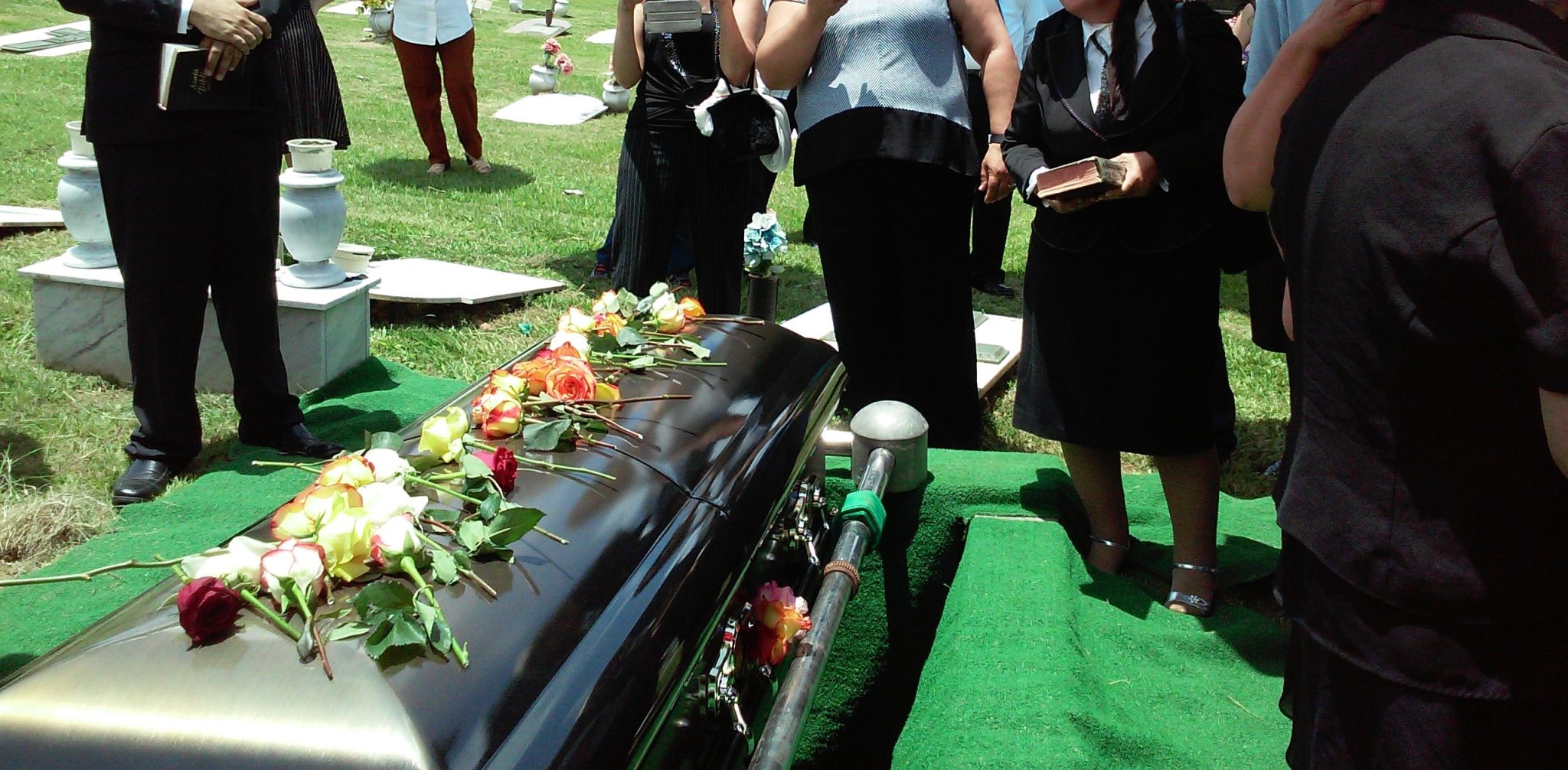Steps to Take If Someone In Your Family Has Had a Wrongful Death

Losing someone you love due to an untimely death is an incredibly painful event. Knowing what to do at this trying time might be essential to pursuing justice and closure. Here are essential measures to consider if you’re confronted with a wrongful death in your family.
1. Seek Legal Counsel
After the tragic loss of a loved one due to wrongful death, seeking legal counsel is crucial to navigating the complexities of the legal process. An attorney specializing in wrongful death cases serves as an invaluable source of guidance during such distressing times. When dealing with a wrongful death case in California, for instance, a California wrongful death lawyer is a crucial asset. They possess the expertise to review the case, understand the legal implications, and advise on the appropriate legal steps. Their experience in handling similar cases equips them to provide the necessary support, offering insights into your rights and the potential legal actions that can be pursued. These legal professionals work to ensure that justice is sought and that the affected parties receive the compensation or resolution they deserve, enabling families to focus on healing and emotional recovery.
2. Preserve Evidence and Documentation
Preserving evidence and documentation after a wrongful death is essential for supporting your case. Collect all the pertinent information, such as the police report documenting the incident, medical records indicating the cause and nature of the injuries, and statements from witnesses or individuals who might have observed the event. Additionally, any documentation related to the deceased’s financial contributions, future earnings, or the impact on the family’s emotional and financial well-being should be secured. These pieces of evidence play a critical role in building a strong case and substantiating the claim for compensation or justice in the event of a wrongful death. In wrongful death cases, preserving evidence serves as a crucial foundation for legal proceedings, ensuring the necessary details are available to support the claim. This preserved documentation helps provide a comprehensive understanding of the circumstances surrounding the incident and strengthens the argument for compensation, accountability, and justice for the affected parties.
3. Determine the Responsible Parties
In determining the responsible parties in a wrongful death case, it’s crucial to thoroughly investigate and identify all individuals or entities whose actions or negligence contributed to the tragic incident. These parties might include not only individuals directly involved in the incident, such as a reckless driver in a car accident or a negligent healthcare provider, but also companies or entities whose products, services, or systems failed to meet safety standards, leading to the fatal event. The parties’ accountable may change depending on the particulars of each situation. Hence, a comprehensive examination and investigation are necessary to identify all potentially liable entities or persons involved in the wrongful death.
4. Initiate Legal Action
After consulting with an attorney and assembling evidence, taking legal action may be necessary. Filing a wrongful death lawsuit could help secure compensation for various losses suffered due to the death of a loved one. This legal recourse not only aims to attain financial compensation but also serves the purpose of holding accountable those who may be responsible for the circumstances leading to the wrongful death. The lawsuit seeks to provide some form of closure and justice for the family and those affected by the tragic incident. It also encourages accountability and seeks to prevent future recurrence of the same incidents. Successful legal action can also bring about reforms or changes in regulations to avoid similar occurrences, benefiting the community at large.
5. Understand the Statute of Limitations
A wrongful death case has a deadline within which it must be brought, which is established by the statute of limitations. These deadlines differ depending on the location and the nature of the case, and failing to meet them may mean losing the opportunity to file a lawsuit. Statutes of limitations often differ between states and rely on the specifics of the case. Understanding these limitations is crucial because they serve as legal deadlines for taking action, ensuring that claims or lawsuits are filed within the required period. It’s advisable to consult with a legal professional to comprehend the specific limitations relevant to a particular case and location to ensure legal rights are preserved.
Conclusion
Navigating the aftermath of a wrongful death in the family can be an emotionally trying time. Taking these steps can assist in seeking justice, holding accountable those responsible, and providing some closure in a difficult period.